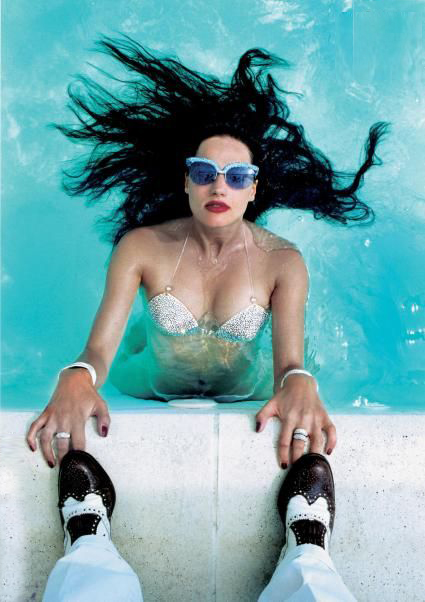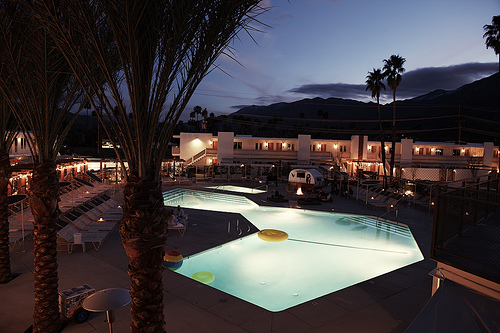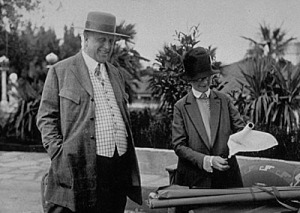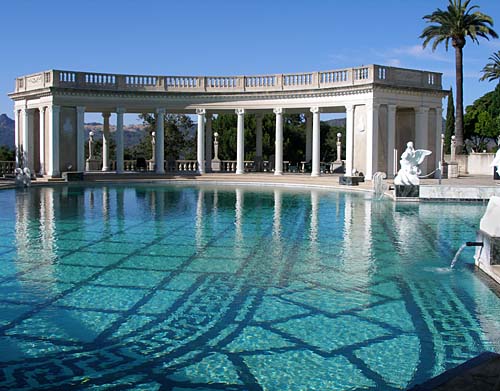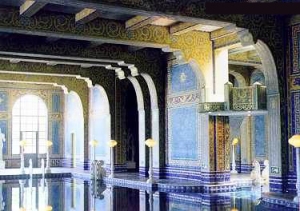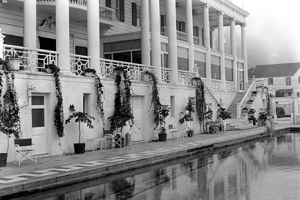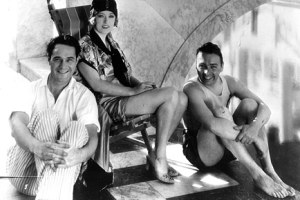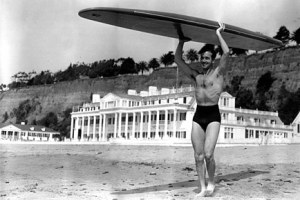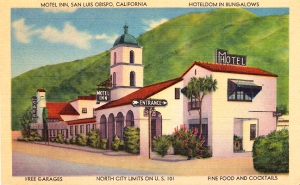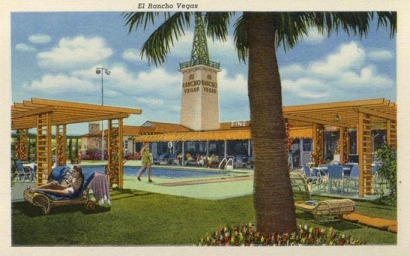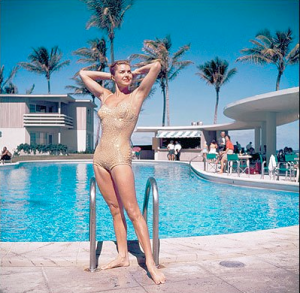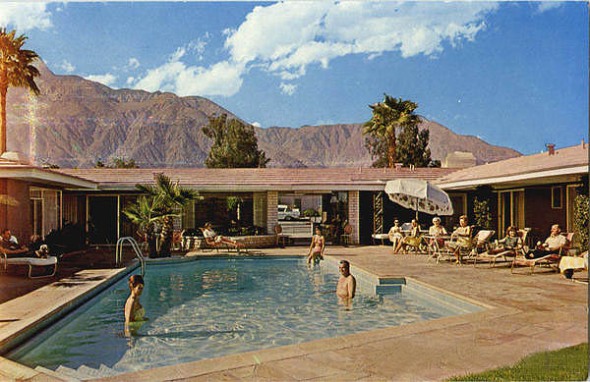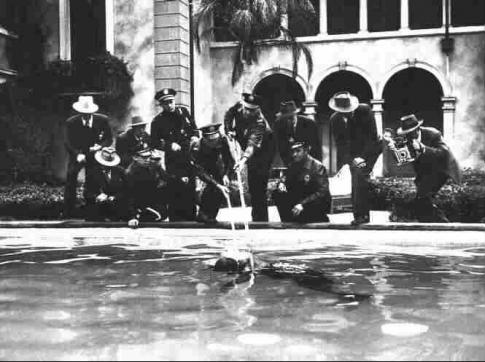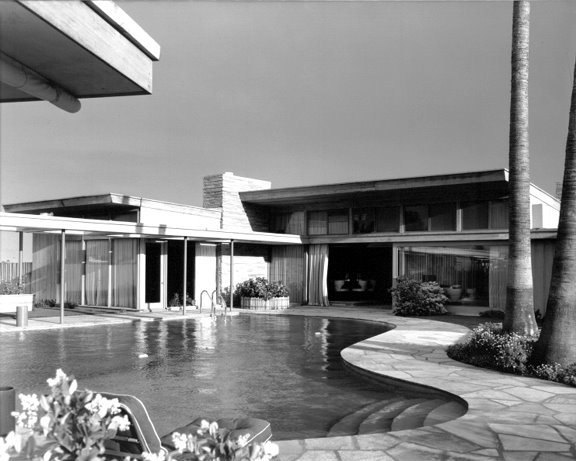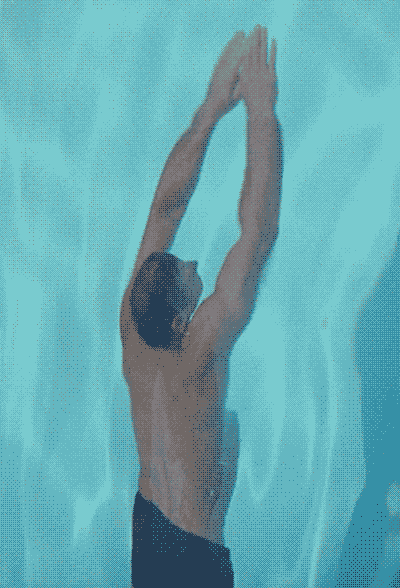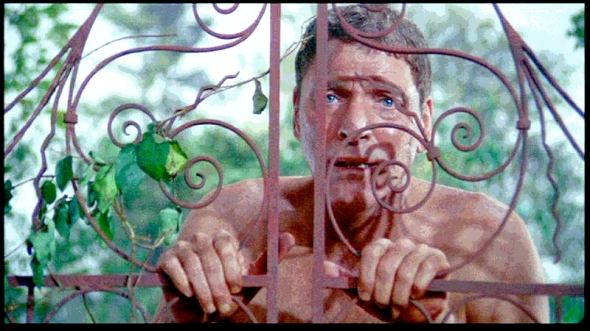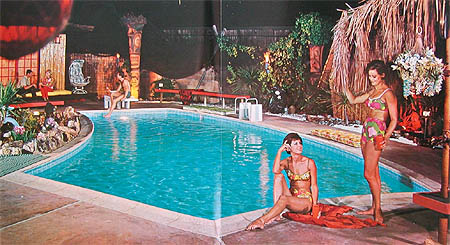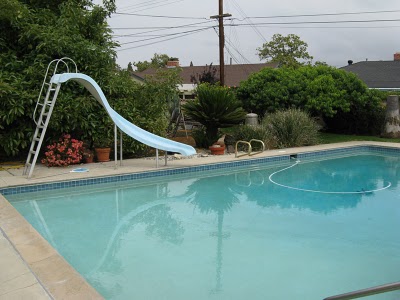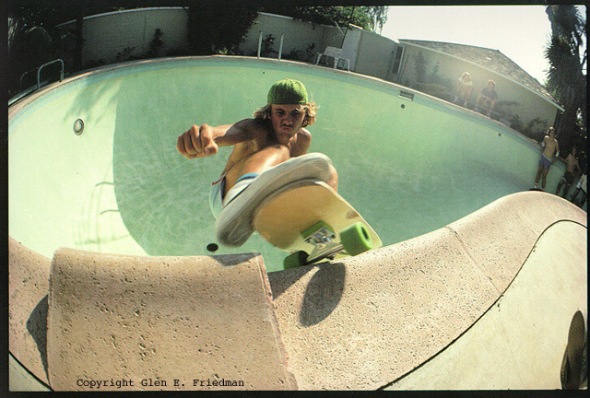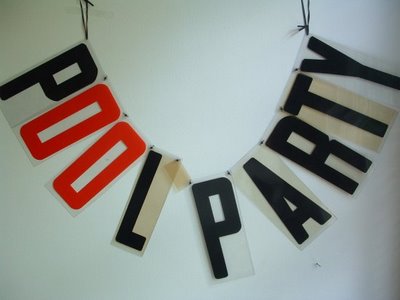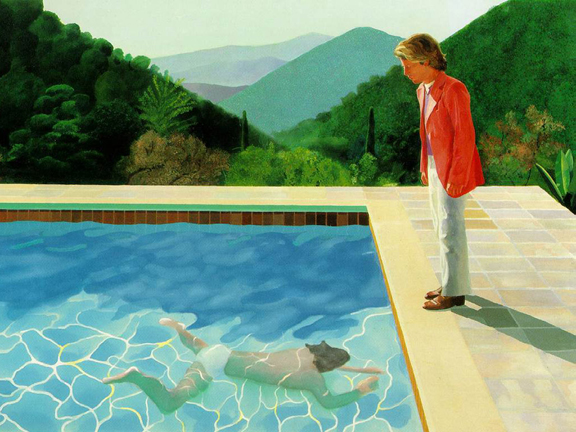Birth of the Iconic California Swimming Pool ~ 1927
In honour of a California Tradition, the Super Sunny Summer Holiday ~ A Tribute to the Swimming Pool ~ A Most California Invention…
Kenneth Anger’s book written in 1959, Hollywood Babylon, states, “Hollywood was not yet a dirty word in 1916. It was just a junction of dirt roads, a solitary ‘Mission-style’ hotel, some claptrap bungalows scattered in the orange groves, and the startling apparition of a Babylon orgy in full swing in the sunshine, smack on Sunset Boulevard.”
Sunny Los Angeles in the Nineteen-Twenties of Course gets Credit for Popularizing the Pool. In Other Adventures found within Tales Told Herein, The Legend of Russian Actress Alla Nazimova is told, and upon her arrival in HollywoodLand in 1927 ~With proceeds in hand (she was soon earning $13,000 a week) the “Woman of a Thousand Moods”, “the greatest artist of the screen”, as Metro dubbed her, took possession of her mansion, The Garden Of Allah for $50,000.
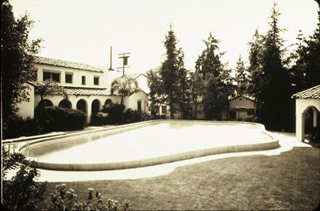
The ‘Black Sea’ Swimming Pool at the Garden of Allah~ named for actress/owner Alla Nazimova’s homeland.
Set in three and a half acres of tropical plants and trees, with an orange grove, lily pond, cedars and palms, and garlanded with many “bizarre birds” – the feathery kind kept in an aviary she installed; the two-legged creatures, like Chaplin’s wife Mildred Harris, or Valentino’s two wives Natacha Rambova and Jean Acker, paraded on the terrace overlooking the orange groves and vineyards to the hills opposite[7]. She lived here with fellow actor, Charles Bryant, her “pseudo-husband”[8], who was reputedly paid ten percent of her salary for acting the part. Although the two flirted in public, they “had separate bedrooms and led separate lives.”[9]
The Second Player and Undisputed Heavyweight champion in the California Swimming Pool Contest of All-Time History was none other than Gazillionaire Publishing Magnate William Randolph Hearst.

The Undisputed Heavyweight Champion of all California Swimming Pools ~ The Neptune Pool at Hearst Castle
Mr. Hearst wrote to her in 1919, “Miss Morgan, we are tired of camping out in the open at the ranch in San Simeon and I would like to build a little something…” were Hearst’s words to noted San Francisco architect Julia Morgan whom his mother had utilized to build a home for them in Pleasanton, California. He asked for “something that would be more comfortable” than the platform tents that were in use when visiting the ranch at the time. The project set atop the hill he had camped upon as a boy would balloon into the most expensive private home ever built.
The home, deemed La Cuesta Encantada, follows a Mediterranean Revival theme. Adjacent are three guesthouses, and two pools pictured here- one outdoor, one indoor. The indoor pool, although pale in comparison to the outdoor Neptune Pool, is notable for having real 24 kt. tiles imbedded into the Art Deco style mosaic walls that surround it. Keep in mind, the houses & pools were built before electricity was readily available. Even bringing water to the home- which is built atop a hill 1600 ft above the ocean- was a project in itself. It had to be done with a system of piping and cisterns from natural springs miles away. Workmen labored for 26 years- and still didn’t finish. Parts of the home are clearly half-done. The way they left it is what we see today.
Hearst had traveled around the world, and inspired by his boyhood tour of Europe, had been collecting treasures in an endless stream, shipping them back to warehouses on both coasts. Architect Julia Morgan would strive to design the pieces into the home.
Hearst~in True California Fashion opted to leave his somewhat dowdy yet stable-minded wife on the East Coast, as his choice of California Companion was none other than the Beautiful, Fun & Frolicking Flapper Film Star Marion Davies. He was so enamored of her and their California Life together, and who wouldn’t be ? Ms. Davies was the Jennifer Aniston of her day and Hearst a portly and not particularly handsome 60-plus. In True California Advantageous Relationship Fashion, in many ways they were Perfect for Each Other, and she remained by his side for over 30 years. In 1929 while the Castle was still under construction, Hearst had Ms. Morgan design and execute a Fabulous Beach House on then-named Roosevelt Highway (now PCH), on the beach south in Santa Monica.
Morgan created a three-story, 34-bedroom Georgian mansion on the Pacific Coast Highway in Santa Monica. It was accompanied by three guest houses, tennis courts and dog kennels. Called “Ocean House” or “The Beach House,” it was the grandest property in the neighborhood. Rumor has it the cost was $7 million dollars. And, of course, this Beach Babylon came equipped with The Prototypical CaliforniaPool(s), 2 of them as well.
With California Celebs like Nazimova, Hearst, Davies and their Movie Pals seen Galavanting all-smiles Poolside, another California Cultural Development, along with the growing popularity of the automobile and California Car-Culture arrived on the scene. The ‘Motor Hotel’, or Motel as it became known, made its Debut. where else ?
The first ‘Motel’ in the United States was built alongside El Camino Real, Highway 101 just north of San Luis Obispo, midway between L.A. and San Francisco in 1925. The original plan of the Milestone Mo-Tel was to include both bungalows and attached apartments with parking outside each unit, though some would have a private garage. Each location of the chain was to include laundry facilities, a grocery store, and a restaurant.
Each unit included an indoor bathroom with a shower, obviously a level of privacy not found at campgrounds. Arthur Heineman’s first “Mo-Tel” sign garnered reports of an apparent misspelling. He added the hyphen to emphasize to compound nature of the word and the building’s architecture and use.
The exterior of the buildings were modeled after the Spanish missions in California; the three-stage bell tower was a reflection of the Mission Santa Barbara. The motel cost $80,000 to build in 1925. It originally charged $1.25 per night per room.[2]
However, even after spending All That Money on a Great Idea with All Those Amenities, something was missing…
It took some Wiseguys from the East Coast, a little California Ingenuity, and a Postwar Pool Popularity to really Get Things Heated Up Poolside…
As the California Car Craze sped up, auto reliability increased, people were really starting to be able to Get Around in Style. Highways improved and a new kind of “freeway” let people hit the road like never before. Of course California led the way with the advent of the Pasadena Freeway opening in 1939. Access to the Mountains, the Desert and the Sea let people enjoy all parts of California & beyond they never dreamed of…
The El Rancho Vegas was the very first hotel and casino on the Las Vegas Strip (US 91). It was located at 2500 Las Vegas Boulevard, at the southwest corner of Las Vegas Boulevard and Sahara,[1] and opened on April 3, 1941. While most credit Benjamin Siegel (don’t call him Bugsy, if you know what’s Good for Ya) & ‘The Mob’ with The Flamingo Hotel being the first on ‘The Strip’, El Rancho Vegas beat Da Boyz to The Bank by almost 10 years. The Flamingo opened in 1947. El Rancho Vegas, not being in an old Clapboard Cowboy storefront building downtown was arguably the first Vegas Hotel with a Pool.
With the advent of Gambling available just over the Nevada border to Californians, and autos that could get there from L.A. in around 5 hours, what better thing to do after riding in a not-so-cool no air-conditioned, no sunroof Rotisserie of a Car for hours, but Hit The Pool? Man, look at that Rancho Vegas postcard…sure looks a lot better than the Las Vegas of Today. Other distant Resort spots like Palm Springs offered the traveller an Exotic Destination to Get Away From it All..
One of the Trippiest, Offbeat Hollywood 60’s films Starring Burt Lancaster and Co-Starring several of Connecticut’s Upper Crust Perfect Pools is “The Swimmer“, from 1968….to quote Will Doig, and his essay on the film ~ The Swimmer, the 1968 surrealist film based on a John Cheever story, makes hay of the phony glamour of swimming-pool culture. Burt Lancaster stars as an aging sexpot whose enviable life with his loving family has vanished. He’s had an affair, he’s bankrupt, and many of his friends have abandoned him…
Got Pool ? Ever Creative Californians Carve Up a Crazed Anti-Establishment Pool-Riding Chapter into DogTown History ~
April 1, 2010 | Categories: California Icons ~ | Tags: California, Celebrities, DogTown, Garden of Allah, Hearst Castle, Hockney, Jay Adams, Las Vegas, Palm Springs, Swimming Pool, vintage, Vintage Hollywood | 22 Comments

